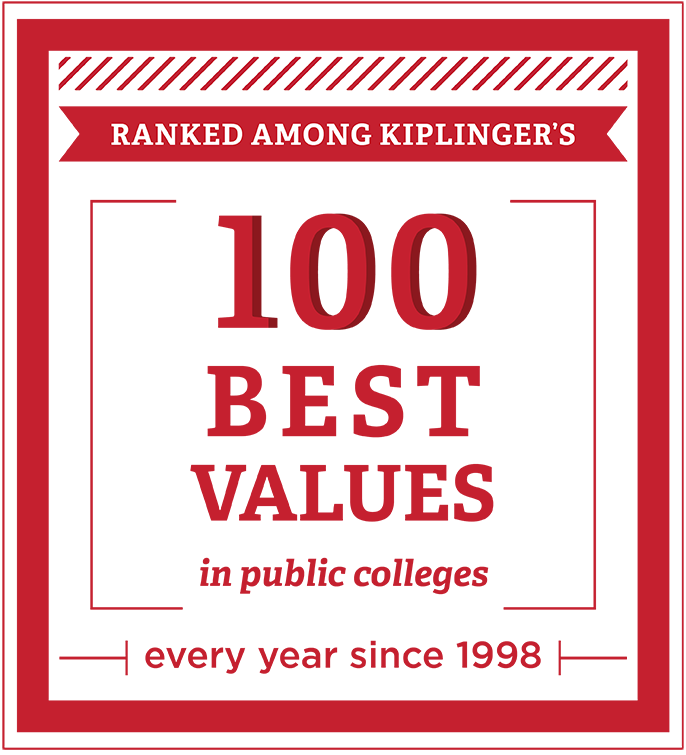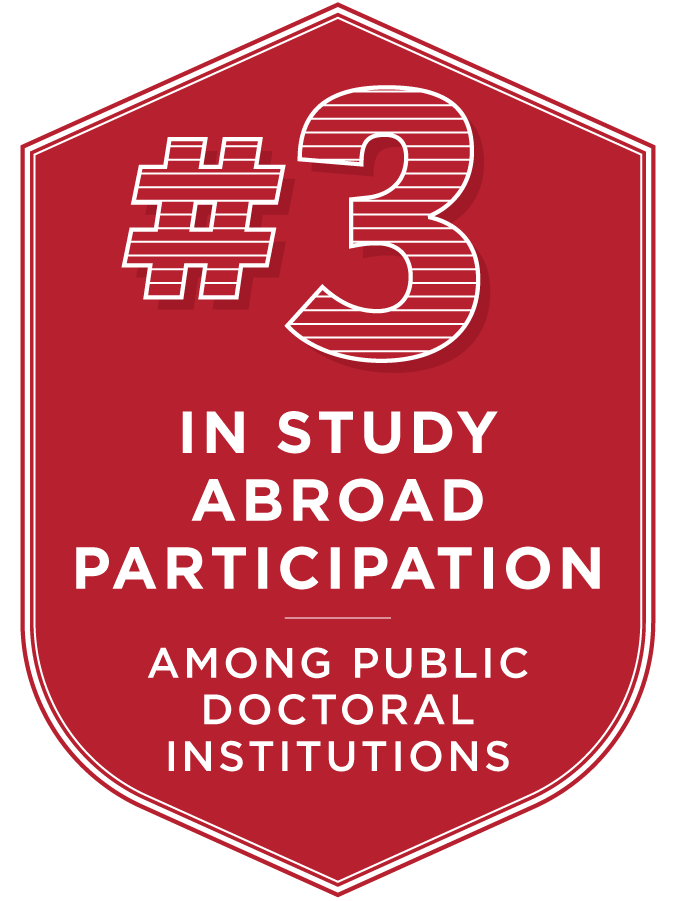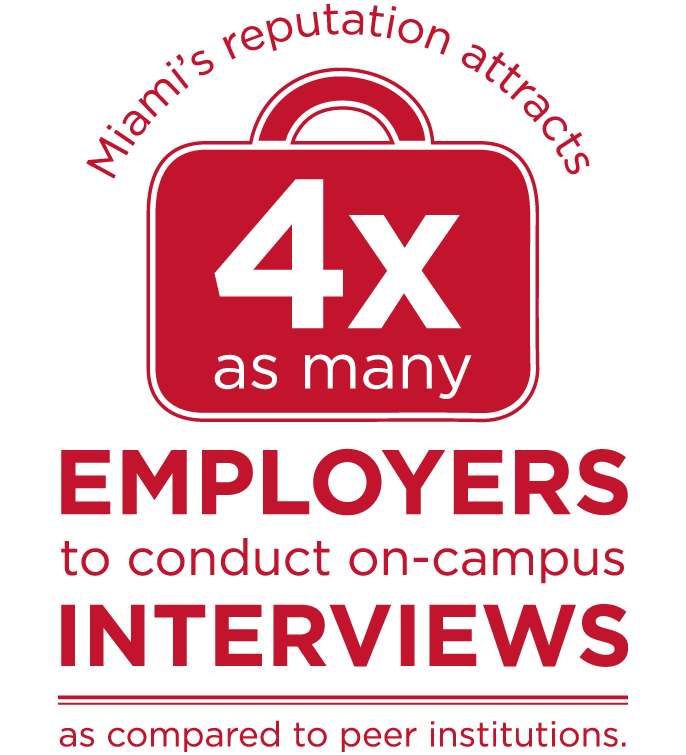Annual Address 2010
David C. Hodge
October 7, 2010
The Changing Context of Higher Education
As I noted earlier, there is a convergence of significant factors redefining the context for higher education. In addition to the profound changes in the fiscal environment, we face a much more competitive landscape within higher education and rapid changes in information technology that are reshaping what we do and how we do it. It is important to understand what these factors look like and how they will frame our decisions over the long term.
Fiscal Environment
Those of us who have been in higher education for a long time have experienced many economic ups and downs. We have tightened our belts, made adjustments, and then returned to “normal” as the economy recovered. The circumstances that we face today are much different, and there will be no “return to normal.” The recession has been much deeper and the recovery will most certainly be much longer than anything we have previously experienced. More importantly, however, is the recognition that what we face is not merely a temporary downturn. Rather, for higher education as a whole there is a serious structural change in the financial underpinnings of our institutions. Put simply, we have entered an indefinite, if not permanent, period of fiscal austerity.
Over 97 percent of Miami’s revenue comes from tuition and state appropriations—about 79 percent from tuition and about 19 percent from state funding. In nominal terms, the amount of state appropriations is now about five percent less than it was a decade ago. Unfortunately, in the short run, we face the prospect of additional significant declines in state funding as Ohio, like almost all other states, struggles with a large projected deficit for the next biennium. In the long run, we expect that there will be some modest future growth in state funding, but the decline in real dollars is likely to continue.
We, and our sister universities in Ohio, have compensated for the lower levels of state funding by relying more heavily on tuition, although for Ohio as a whole, the sum of state appropriations and tuition is still about $1,000 per student less than the national average. Our ability to increase tuition in the foreseeable future will be much more limited, and more funds will need to be devoted to scholarships—both merit scholarships for high achieving students in competition with our peer universities, and need-based scholarships to make the Miami Experience accessible to all qualified students.
Four years ago, in my first annual address, I had the privilege of announcing the Miami Access Initiative that, with the support of an exceptionally generous bequest from Lois Klawon, allows us to provide full tuition and academic fees to Ohio students who come from families with an annual income of less than $35,000. Since the program was launched, we have recruited 628 students to Miami, including 253 this fall. About two-thirds of these students are the first generation in their families to attend college. The success of this program has been a point of great pride and remains a priority for us. Maintaining it in the face of our budget constraints will be challenging, but it must be done.
An important source of support to meet the challenges we face is increased private giving by our alumni. Few universities enjoy an alumni base who feels as passionately about their alma mater as does Miami. What happens at Miami is special, and it shapes the lives of our graduates both personally and professionally. However, while we have received many extraordinary individual gifts, we were late engaging our alumni in philanthropy and consequently our endowment is much lower than our peer universities. More than ever, it is critical to help our alumni understand how important giving back is to the future of Miami. We need our alumni to be engaged with the life of the university, to help promote Miami to others, and to give financially—at whatever level is appropriate—to support current and future generations of Miamians.







